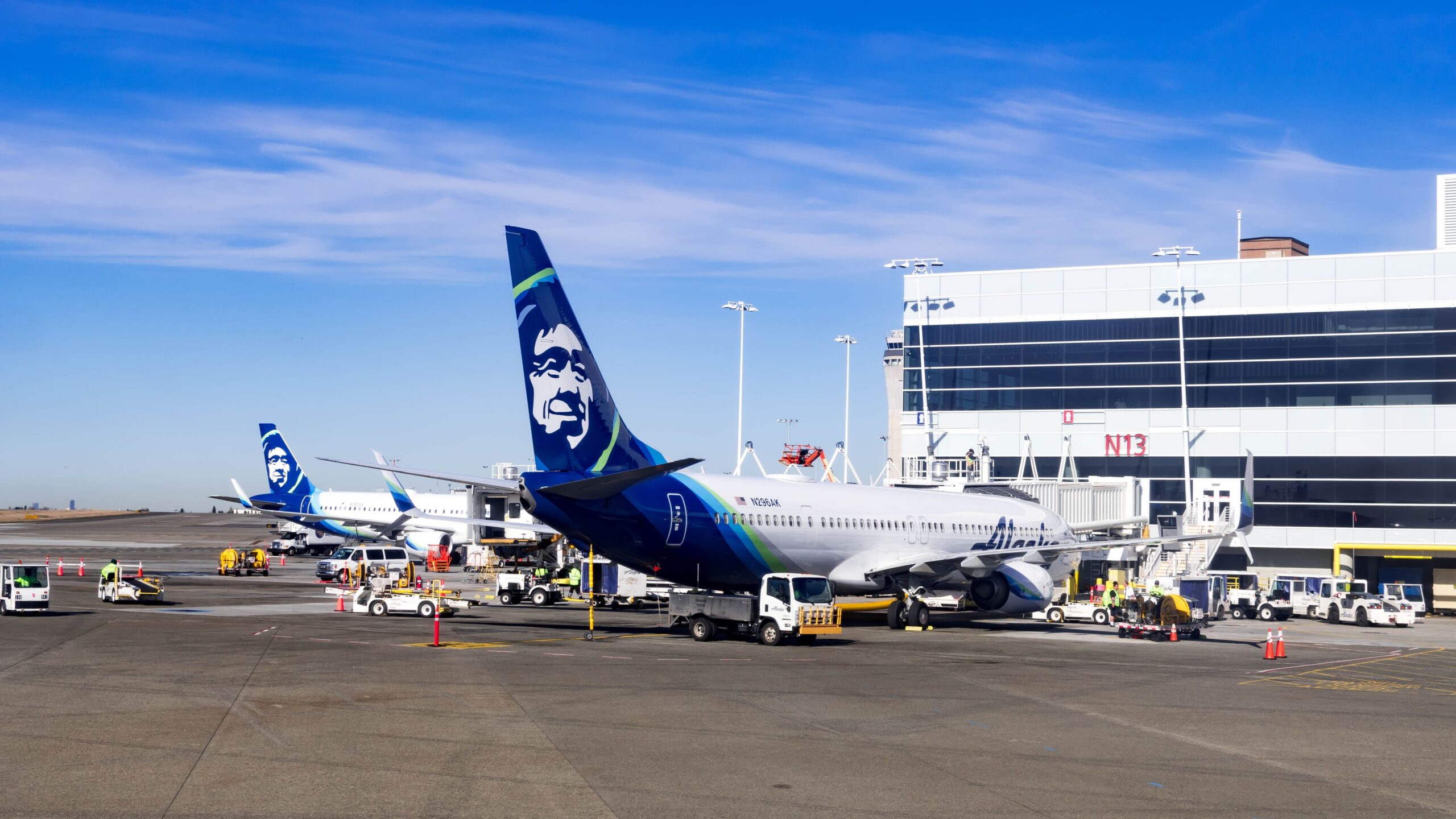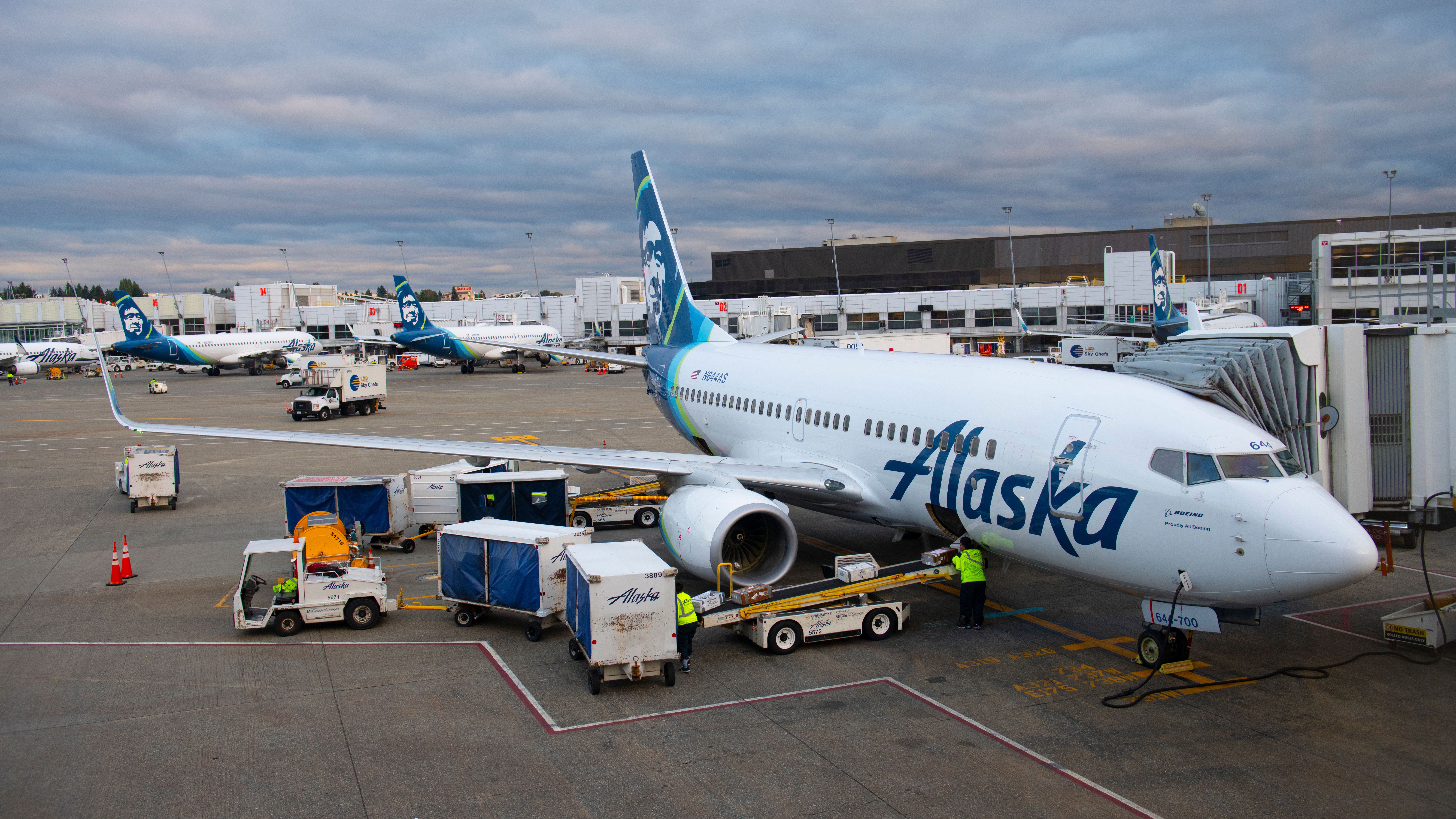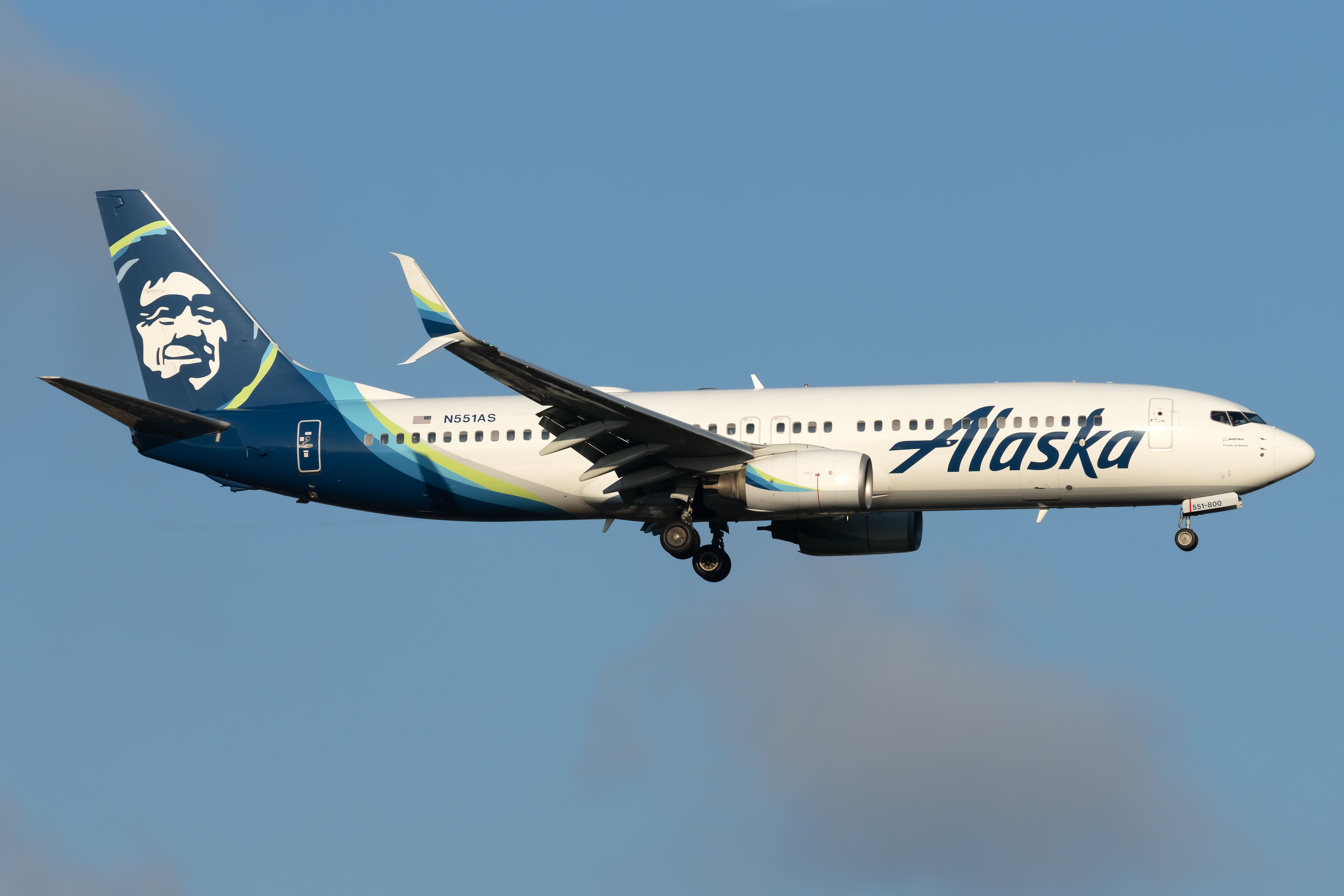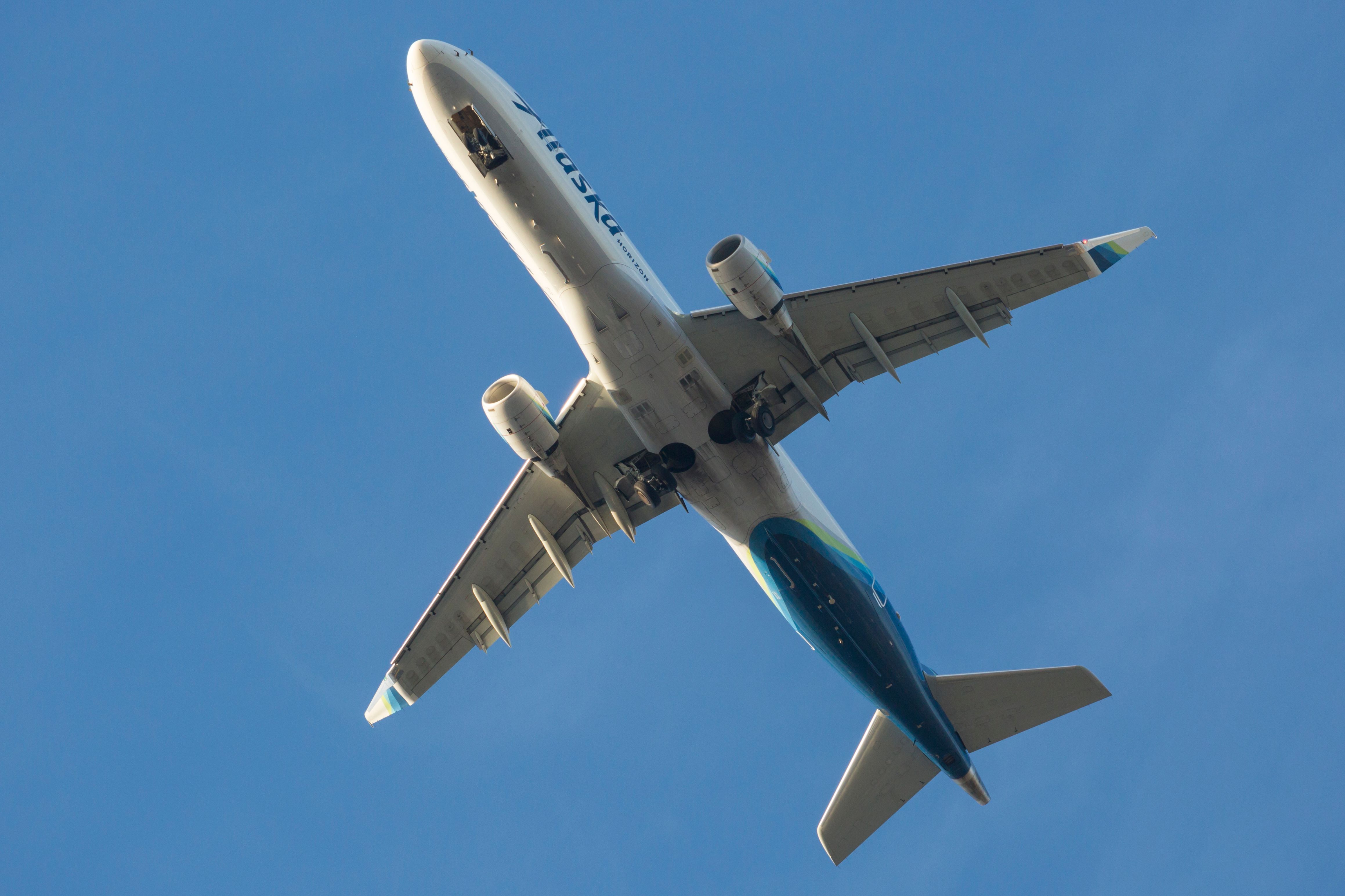![]() Alaska Airlines
Alaska Airlines
had temporarily requested a ground stop for its operations out of Seattle-Tacoma International Airport (SEA), resulting in delays for departing flights out of its main hub.
Automation issues for Alaska Airlines and Horizon Air
According to the Federal Aviation Administration’s (FAA) Air Traffic Control System Command Center (ATCSCC), Alaska Airlines had requested a ground stop on departing flights out of SEA
at 2:45 UTC, or 19:45 local time (UTC -7) on September 22.
As a result, the total, maximum, and average delays went up from 0 to 645, 49, and 46 minutes, respectively, with a medium probability of an extension.
Photo: Wangkun Jia | Shutterstock
The FAA’s document explaining the ATCSCC, which is the system used to overview the status of the National Airspace System (NAS), read that a medium probability means that there was a 30% to 60% chance that the ground stop would be extended.
Alaska Airlines’ ground stop at SEA had an initial effective time of two hours, lasting until 21:45 local time.
Extending and canceling the ground stop
At 3:38 UTC or 20:38 local time, the FAA updated the ground stop order, which still included only Alaska Airlines and its regional affiliates’ flights, estimating the new total, maximum, and average delays to be 1453, 124, and 66 minutes, respectively.
The probability of an extension remained medium, the FAA’s order read, with the effective time being extended to 22:45.
Photo: Vincenzo Pace | Simple Flying
However, more than an hour later, at 21:53, the FAA
canceled the ground stop order. According to Flightradar24, at 01:08, delays for departing flights averaged 45 minutes, with 94% of departing flights not leaving SEA at their scheduled times.
Furthermore, the flight tracking service’s delay statistics showed that the delay trend has been increasing.
Alaska Airlines’ largest hub
Data from the aviation analytics company Cirium showed that Alaska Airlines and its regional affiliates, including Horizon Air and SkyWest Airlines, had scheduled 45 flights to depart SEA between 19:45 and 21:45. In total, flights during that period had 6,650 departing seats or an average of 147.7.
Photo: BlueBarronPhoto | Shutterstock
For example, Alaska Airlines had scheduled six flights to depart the airport at 21:45 on September 22, which were still affected by the ground stop order. All six had departed at least an hour later, per Flightradar24:
|
Flight |
Destination |
Actual departure time |
|
AS955 |
Portland International Airport (PDX) |
22:54 |
|
AS404 |
Detroit Metropolitan Wayne County Airport (DTW) |
22:44 |
|
AS417 |
Cleveland Hopkins International Airport (CLE) |
22:57 |
|
AS544 |
Raleigh-Durham International Airport (RDU) |
23:15 |
|
AS1152 |
Oakland International Airport (OAK) |
22:55 |
|
AS1016 |
Pittsburgh International Airport (PIT) |
23:08 |
At the same 19:45 timeslot, four departing flights had been scheduled by other airlines: ![]() Delta Air Lines
Delta Air Lines
(two flights), JetBlue, and  Southwest Airlines
Southwest Airlines
.
None had left SEA on time, with Delta’s flight DL567 to Hartsfield-Jackson Atlanta International Airport (ATL)
being delayed by an hour and two minutes.
Cirium data showed that in terms of weekly departing flights in September, SEA has been Alaska Airlines’ largest airport by a very large margin.
Out of the 8,525 weekly departing flights that have been scheduled in September, 2,414, or 28.3%, were scheduled to leave SEA. The second-largest airport in the carrier’s network was Portland International Airport (PDX), with 735 weekly departures, or 8.6%.




